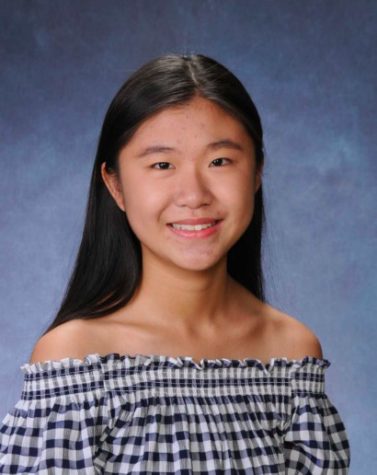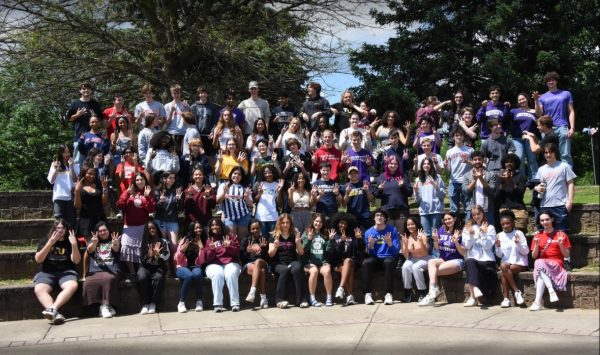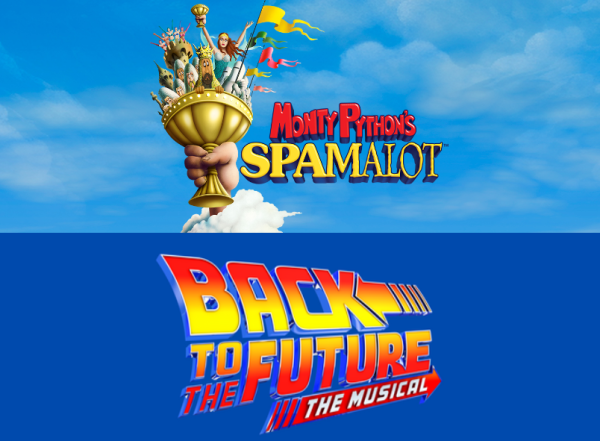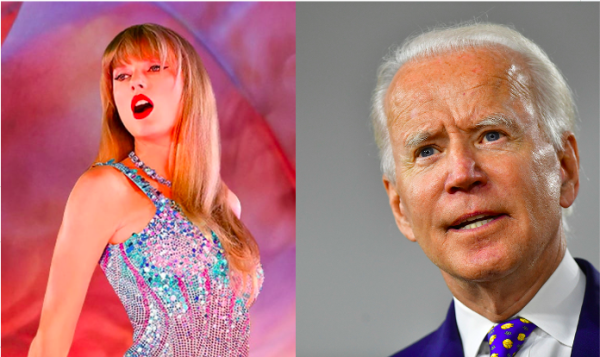Breaking down the barriers ——— My experience with deaf education

Last summer, I visited Wuhan No.2 deaf school which is a school for children between the age of 3 to 18, just like our school. The school is located in my hometown Wuhan, China, and I had always wanted to visit because the school bus used to pass it every week. I was there for a quick visit to have a basic understanding of the school, but the visit really challenged my old assumptions about deaf education. When I walked into the school, I saw red brick walls, slogans on the walls, white buildings, and beautiful trees. It was a gorgeous campus. It wasn’t completely silent, not as silent as I expected. The students are talking with their voice and the sign language. Although most of the students have moderate, severe, or profound deafness, some of them can still hear or pronounce some sounds. Then I peeked through the window. It was a mandarin class. The students were carefully looking at the teacher and taking notes on their notebooks. While the teacher was using the Chinese sign language to explain something, she was also using her voice to explain it. Just for the students to have a better understanding through lip-reading. Then the teacher asked a question. A student was answering the question, while another student was trying to answer without raising her hand. After the class, I talked with the students while a teacher interpreted. At first, I was worried, because I didn’t know what would they tell me or what topic would we talk about. I was worried that they would be pessimistic, but they were the exact opposite. They were regular high schoolers. Later, I talked to the principal of the school. I was curious about what is the biggest barrier for deaf students.
After interviewing the principal and the students. I understood that the main barrier is communication. This barrier existed since some deaf children’s birth. In the United States, many deaf students have a similar issue. According to NIDCD (National Institute on Deafness and Other Communication Disorders)’s research, more than 90 percent of deaf children are born from hearing parents which mean the majority of their parents had none or low experience of working with deaf children, and 88% of those parents do not know sign language at all. One of the causes is the low popularity of ASL (American sign language) due to the expensive cost of ASL classes. If you want to take an ASL class at a community college, it will normally cost about 300 dollars. If you prefer having a one-on-one experience with a professional tutor, private ASL lessons range from $15 to $35 per half an hour. So I am suggesting that the government should offer free or low-cost sign language class for hearing parents of deaf children, or at least free online resources. In fact, the principal told me that some of their students are very smart, but due to the lack of appropriate education at an early age, those students need to begin at a much lower level than their peers. If the government offered a lower price for ASL classes, those students would have a better early education and increased possibility to succeed.
Not only deaf children who are born from hearing parents face the barrier of communication, but the other deaf students face this barrier too. I physically experienced this example too. When I was at the deaf school in China, I had to communicate to the students with the teacher’s help. When the teacher wasn’t there, we had to communicate through pen and paper. Because not every deaf student knows lip-reading, and not every hearing student knows sign language. This method wasn’t the most productive, but it was the only method that worked. Although I only spent a day with the deaf students, it is not hard to imagine how often this barrier of communication appears. I hope that in the future, every hospital, library, and every public space will have sign language interpreters. Moreover, everyone who is sitting here can start learning the basics of sign language too, just the basics, such as “hi!”, “nice to meet you”, “are you deaf?”, “my name is” and so on.
When it was the end of the school day, I promised the students at the deaf school that I would come back next year. I waved my hand and said goodbye. The sun was still up and everything was still as peaceful as before. I looked back and the deaf students were still saying goodbye to me. I am not a deaf person, I don’t know everything about deaf people. I definitely still have a long way to go on understanding deaf students’ barriers. I still need more experiences in deaf education, but I am determined to break down the barriers. And you can too.

Hi, everyone! I am Shirley Shuzhou Li! I use she/her pronouns. I am a senior this year, and this is my third year on Wildezine. I love writing opinions...





